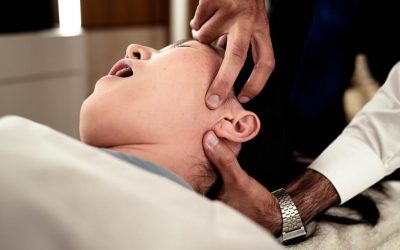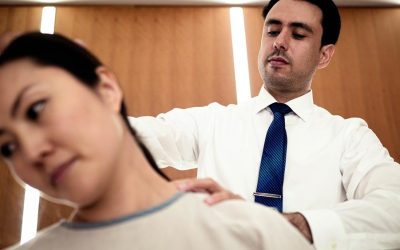Shoulder complex specialised treatment
Contact Me Today!Shoulder
The shoulder is considered as one of the most complex areas in the body, there are several joints that made up the entire shoulder girdle supported by a sophisticated stabilization intrinsic apparatus that allows the ideal stability without compromising the overall movement. Hence, the entire shoulder system is dependent on the health of five important defence mechanisms that allows this structure to have one of the finest balancing acts between movement and stability.
The 5 defence Shoulder Mechanisms is hierarchically made up by the proper Alignment of entire shoulder girdle followed by the strength of the Muscles then by the health of the Ligaments, the proper cushion support provided by the Cartilage and labrum and by the frame support of the Bones. The extend and level of tissue damage is dependent on the number of protective layers that have been compromised from the trauma.

For instance, when the first protective Alignment layer is affected, there is a misalignment dysfunction resulting in potential postural alterations as seen on patients with increase kyphotic curve and forward shoulder posture, therefore I consider Level 1 Injury as there is only one main structure that has been affected.
In cases of rotator cuff tendinitis where the trauma impaired two layers of the protective mechanisms (Alignment and Muscles/tendons), its considered Level 2 Injury as there were two layers that have been compromised. In summary, there are 5 protective layers of defence and 5 corresponding Level of injuries, higher the level of injury the more substantial the number of tissue damage as per the accumulative damage that is passed from one phase to the other. (Level 4 injury means that all the previous defence mechanisms have been compromised up to the 4th layer as seen in shoulder arthritic conditions).
Throughout my extensive education and clinical experience, I conclude that even though there are several named pathologies and diseases described by the traditional medicine, the origin and the predisposing factors that have lead the development these healthcare conditions shared a similar causation and pathophysiological principle.
In addition, due to the multiple level of tissue damage often seeing in injuries there is not a single approach that is enough in order to properly managed and fully resolve the condition in question, hence I developed specific treatment protocols utilising different health care methods and techniques that eventually allowed me to efficiently resolve and heal as well as prevent the further development of future injuries.
The protocols I developed aim to properly repair and restore the entire self defence mechanism
5 Levels of Shoulder Injuries and the corresponding associated conditions.
Shoulder Therapy
Level 1 injuries - Misalignment dysfunctions
Level 2 injuries - Misalignment - Muscle/tendon/fascia/injuries
Level 3 Injuries – Misalignment – Muscle compromised - Ligamentous injuries
Level 4 Injury - Misalignment – Muscle compromised – Ligamentous weakness - Cartilage Injury
Level 5 Injury- Misalignment – Muscle compromised – Ligamentous weakness and Cartilage damaged leading to Bone fractures
Miscellaneous Shoulder conditions
Rheumatoid Arthritis; Its part of an autoimmune systemic condition expressing inflammatory cascade withing the joints and soft tissue.
Neurological referred shoulder pain syndromes; Cervical and thoracic subluxations usually creates referred patterns at several sites around the shoulder.
Covid 19
Covid 19Coronavirus general guidelines When visiting the clinic, we ask you to please remember these general principles to ensure we all have a good clinic experience, minimise risk and stay safe. •...
Treatment Modalities
Treatment methods I utilize in my practice to restore and enhance the healing of the entire layers of tissue injuries according to the specific healthcare conditions diagnosed.
Jaw
Temporomandibular Joint (Jaw)The Temporomandibular joint is a complex structure made up by the temporal and the mandibular bone supported by several powerful muscles and ligaments and controlled by...
Spine
The Spine is embedded in two important physiological principles that aids in the overall body homeostasis, The biomechanical and Neurological foundation concepts.
Wrist/Hand
The hand is considered one of the most adaptable and complexes areas in the body, there is an intricate neurological network and muscle/tendon leverages system that allows the hand to be controlled in such precision and dexterity like any other body part.
Knee
KneeThe knee is often seen as the weak link of the lower extremity as its sits between two stable joints, the ankle and the hip, therefore to accommodate this biomechanical disadvantage, there is...
Hip
HipThe hip is made up by the connection between the femur and the pelvis. There is natural physiological locking mechanism that allows this joint to be one of the most stable areas in the body. In...
Elbow
ElbowAs an extension of the shoulder mechanics, the elbow provides a great amount of versatility and freedom for the usage of the wrist and hands during daily activities adding a reliable and...















